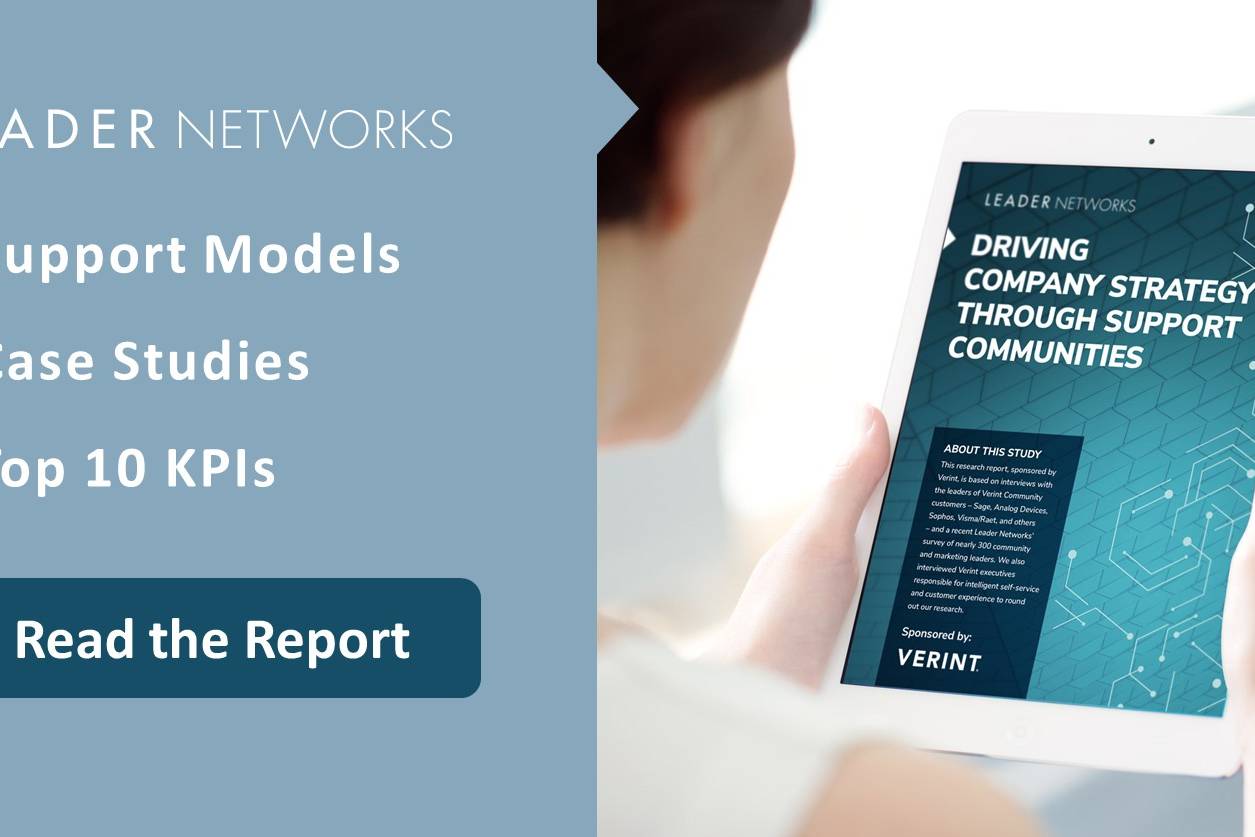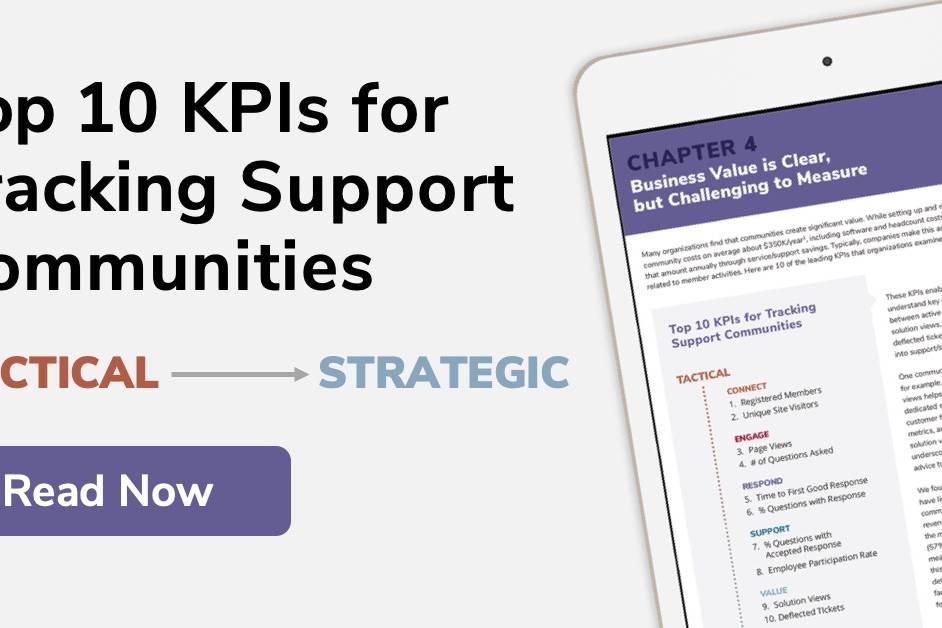 As part of our ongoing interview series, I had a chance to speak with Rahul Sachdev, CEO of Get Satisfaction, about his role, and vision of the future of online communities. He also shared some examples of exciting communities and what they can accomplish when customers and companies work together to solve problems and innovate. Here’s what he had to say…
As part of our ongoing interview series, I had a chance to speak with Rahul Sachdev, CEO of Get Satisfaction, about his role, and vision of the future of online communities. He also shared some examples of exciting communities and what they can accomplish when customers and companies work together to solve problems and innovate. Here’s what he had to say…
Vanessa: Can you tell me about your background?
Rahul: I joined Get Satisfaction as CEO in February 2014 but I took an interesting path to get here. At heart, I am a technology guy who loves entrepreneurial environments and building product-driven businesses. I like well-designed products to meet user’s needs. I have worked in a variety of domains including CRM (Customer Relationship Management) and social networking. Earlier in my career, I worked at CRM leader Siebel Systems, where I built one of the largest product lines targeted at the telecom, media, and energy sectors. I also spent several years at LinkedIn leading several content and community products focused on driving user engagement.
I became interested in CRM because of its promise to help companies become more customer-centric. However CRM applications have largely been about delivering operational efficiencies for sales, service and marketing functions versus helping companies build better relationships with their customers. Online customer communities are bridging that key gap. They facilitate open communication between companies and their customers. They help companies engage with their customers, capture their voice and make smarter decisions about how to best meet their needs. At Get Satisfaction we like to say that customer communities create the shortest distance between a company and its customers.
Get Satisfaction is one of the largest providers of online customer community platform with around 1000 customers. Our mission is to connect companies with customers online, unlocking new value for both sides.
Get Satisfaction was founded on several core tenets. Create a forum where the customers’ voice is heard. Provide a place where customers can get their questions answered, problems resolved and feedback heard. Enable customers to connect with other customers who share their attributes and interest. If companies do these things well, then value is unlocked for everyone.
Communities allow companies to be truly open and authentic with their customers. This kind of openness is the new way of relating to customers. It’s what attracted me to be CEO of Get Satisfaction.
Vanessa: What are the critical success factors for online communities?
Rahul: There are several. First, to be successful, communities need to have a clear purpose. So as a member, I need a purpose or motivation to go to a community. I may go to the community to get my questions answered, or to get my problems resolved, or learn about something, or perhaps to provide feedback on a product or service.
Second, communities need to have members. Whether it’s a private community or a public community, they are about connecting members to each other and to relevant information or content. Members are critical to any community, including customer communities. They can come in several forms – customers, prospects, brand advocates, partners, subject matter experts, community managers and company employees. So understanding the difference between these member types and their motivations is really important. Motivations matter in all contexts, but they especially matter in customer communities. In customer communities, most members do not work for the company who is providing the community. So unless they derive value from the community, they will have little incentive to use the community. The good news is that companies can deliver a lot of value through customer communities by helping customers get most out of their products and services, by quickly resolving their problems, by listening to their opinions and ideas and giving them a voice in deciding the future direction of the company.
Third, communities need to be discoverable. Communities need to have ‘entry points’, which need to be where the customers are. And members want a choice of entry points – they could be searching for information on Search Engines such as Google, looking for resolution to a problem on the company’s website, looking to provide feedback via a mobile application or while using the product, and making a recommendation on a social network. So customer communities need to provide entry points through all sorts of places to make it convenient for members.
Fourth, it is about meeting the member’s need at the right moment – this could be about matching them to the right content or connecting them to the right community member, and hopefully creating an ‘Aha moment’.
The last critical success factor is engagement. Just because you provide opportunities for people to participate does not mean that they are going to do it. How do you get them to participate on a repeat basis? At Get Satisfaction, we spend a lot of time thinking about that and designing products that make it easy for members to engage with the community on a continuous basis. Ongoing member engagement within a community is what ultimately creates value.
Vanessa: Can you share some examples of thriving communities?
Rahul: One example of an interesting community is Prezi. Prezi provides presentation software to about 40 million people. Eighty percent of the Fortune 500 companies their product. The community business case was driven by the need to scale their premium service model without increasing the cost of service. They used the Get Satisfaction platform to create a self-service community for their premium customers. It was so successful that they rolled it out to their free customers. And ultimately, saw a larger percentage of free customers convert to premium plans.
Another great community example is Get Satisfaction customer SPS Commerce. They are a leader in cloud-based supply chain management systems. They launched their community to be a crowd-sourced online knowledge base where customers can quickly get answers to their questions for the purpose of deflecting support costs. They have deflected about 50,000 inbound support requests to email and phone last year. Support requests typically cost between $10 and $50 each. So by that logic, they are saving anywhere between $500,000 and $2.5M annually through their Get Satisfaction community. These are significant economic benefits.
And finally TriNet, who provides HR solutions to small and medium businesses and uses community to help drive product innovation. They wanted to have a culture of continuous innovation based on customer input. For example, one idea shared in the community was to create a preview page before a final payroll is submitted. Hundreds of people weighed in favorably and said, “Hey, this is a really good idea. We need this too.” Without a customer community, TriNet would have never have known that was such a high priority across the customer base. They also embedded the community right into the product so customers don’t have to go elsewhere to provide that feedback and that drives participation.
Vanessa: What is the future of online community – where are we are headed as an industry?
Rahul: Our vision for the future of online communities is to create a world where communities are ingrained in the way companies do business. We imagine a world where communities connect any customer, anywhere, anyhow and at their point of need; a world where communities help companies be more open, authentic and help serve their customers better; and a world where communities are part of the operational fabric of a company; a world where communities help companies be smarter about their customers.
Warning: Attempt to read property "base" on array in /home3/trusten9/public_html/leadernetworks/wp-content/plugins/wp-user-profile-avatar/shortcodes/wp-user-profile-avatar-shortcodes.php on line 665
Warning: Attempt to read property "base" on array in /home3/trusten9/public_html/leadernetworks/wp-content/plugins/wp-user-profile-avatar/shortcodes/wp-user-profile-avatar-shortcodes.php on line 665
Warning: Attempt to read property "base" on array in /home3/trusten9/public_html/leadernetworks/wp-content/plugins/wp-user-profile-avatar/shortcodes/wp-user-profile-avatar-shortcodes.php on line 665
Warning: Attempt to read property "base" on array in /home3/trusten9/public_html/leadernetworks/wp-content/plugins/wp-user-profile-avatar/shortcodes/wp-user-profile-avatar-shortcodes.php on line 665
Vanessa DiMauro
Internationally recognized independent thought leader on social business strategy and operations with a specialty in online community. I help organizations drive top line growth through innovative digital strategy design and thoughtful execution. I have successfully led 60+ strategic social business initiatives for the world's most influential organizations over my 20 years as a social business executive and serve on a number of boards. My award-winning track-record is fueled by passion, experience and research.
My work has been covered by leading publications such as the New York Times, the Wall Street Journal and CIO Magazine and was recently named a Social Marketing Master by Forbes. As a former Executive in Residence at Babson College, Olin School of Management, I am an engaging and informational educator and keynote speaker.


